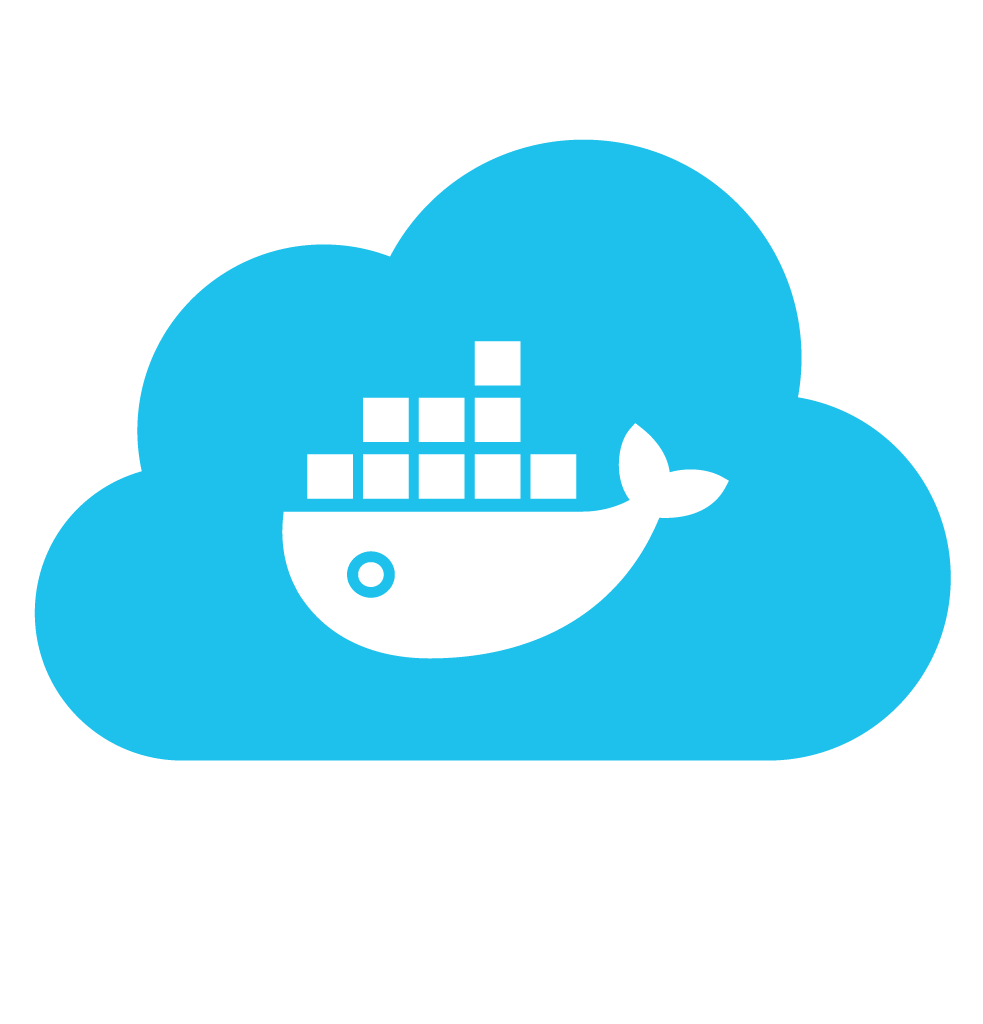Gartner: Enterprises need to focus on AI priorities and readiness

AI technologies including generative AI and large language models are rapidly developing into business partners rather than just tools for rewriting content or pumping out cool recipes, Gartner analysts told the more than 8,000 IT executives at its IT Symposium/Xpo in Orlando, Florida, this week.
“GenAI is not just a technology or just a business trend. Machines are evolving from being our tools to becoming our teammates,” said Mary Mesaglio, distinguished vice president analyst at Gartner. “We are moving from what machines can do for us to what machines can be for us.”
To that end, Gartner predicts that by 2025, GenAI will be a workforce partner for 90% of companies worldwide. In addition, by 2026, more than 80% of enterprises will have used GenAI application programming interfaces (APIs) or models, and/or deployed GenAI-enabled applications in production environments, up from less than 5% in 2023, Gartner stated. (Also see Gartner’s top strategic technology trends for 2024)
Mesaglio said AI technology will develop in two ways: everyday AI and game-changing AI. Everyday AI is focused on productivity and enables workers to perform better and faster, while game-changing AI is focused primarily on creating new technologies and ways to do business, Mesaglio said.
Currently, 77% of CIOs and technology leaders worldwide are focused on the opportunities of everyday AI. “It is important to note that everyday AI will go from dazzling to ordinary with outrageous speed,” Mesaglio said. “Everyone will have access to the same tools, and it will not provide a sustainable competitive advantage. Everyday AI is the new table stakes.”
Game-changing AI won’t just make workers faster or better. It can create new results, via AI-enabled products and services, or it can create new ways to create new results, such as with AI-enabled new core capabilities. With game-changing AI, machines will disrupt business models and entire industries, Mesaglio said. “To do game changing AI, three tough conditions have to be met. You will need a lot of risk tolerance, a lot of executive patience and boatloads of money.”
IT leaders including CEOs, CXOs and others must set clear priorities around how the organization wants to effectively use AI technology and help cut through AI complexity, said Don Scheibenreif, distinguished vice president analyst at Gartner. Those executives can define their organization’s AI ambition by examining the opportunities and risks of using GenAI in four areas: the back office, the front office, new products and services, and new core capabilities, Scheibenreif said.
Specifically, three innovations that are projected to have a huge impact on organizations within 10 years include GenAI-enabled applications, foundation models, and AI trust, risk and security management (AI TRiSM), according to Gartner distinguished vice president analyst Arun Chandrasekaran.
“Foundation models are an important step forward for AI due to their massive pretraining and wide use-case applicability,” Chandrasekaran stated in a recent Gartner report. “Foundation models will advance digital transformation within the enterprise by improving workforce productivity, automating and enhancing customer experience and enabling cost-effective creation of new products and services.”
AI TRiSM ensures AI model governance, trustworthiness, fairness, reliability, robustness, efficacy and data protection. AI TRiSM includes solutions and techniques for model interpretability and explainability, data and content anomaly detection, AI data protection, model operations and adversarial attack resistance.
“Organizations that do not consistently manage AI risks are exponentially inclined to experience adverse outcomes, such as project failures and breaches. Inaccurate, unethical or unintended AI outcomes, process errors and interference from malicious actors can result in security failures, financial and reputational loss or liability, and social harm,” Chandrasekaran stated.
Gartner to enterprises: Decide your AI ambitions and become AI ready
Gartner offered the following suggestions for enterprises that want to focus AI development initiatives:
- Identify the most impactful use cases by selecting well-known, hard-to-solve challenges across core processes and within industries and segments.
- Construct a strategic decision model to determine when your organization will build capabilities, acquire the appropriate technology company or partner with leading providers.
- Investigate revenue potential by quantifying the potential value and unique outcomes possible from within your customer base.
- Set what Gartner calls core “lighthouse principles” that align with the values of the organization. The organization’s values must be the guiding light for navigating the unknowns of how humans and machines will interact.
- Make data AI-ready: For data to be AI-ready, it must meet five criteria. It is secure, enriched, fair, accurate and is governed by the lighthouse principles.
- For every positive use of AI, someone is putting that same technology to negative use. This is the dark side of AI. CIOs should prepare for new attack vectors and work with the executive team to create an acceptable use policy for public generative AI solutions.
Next read this:
READ MORE HERE



